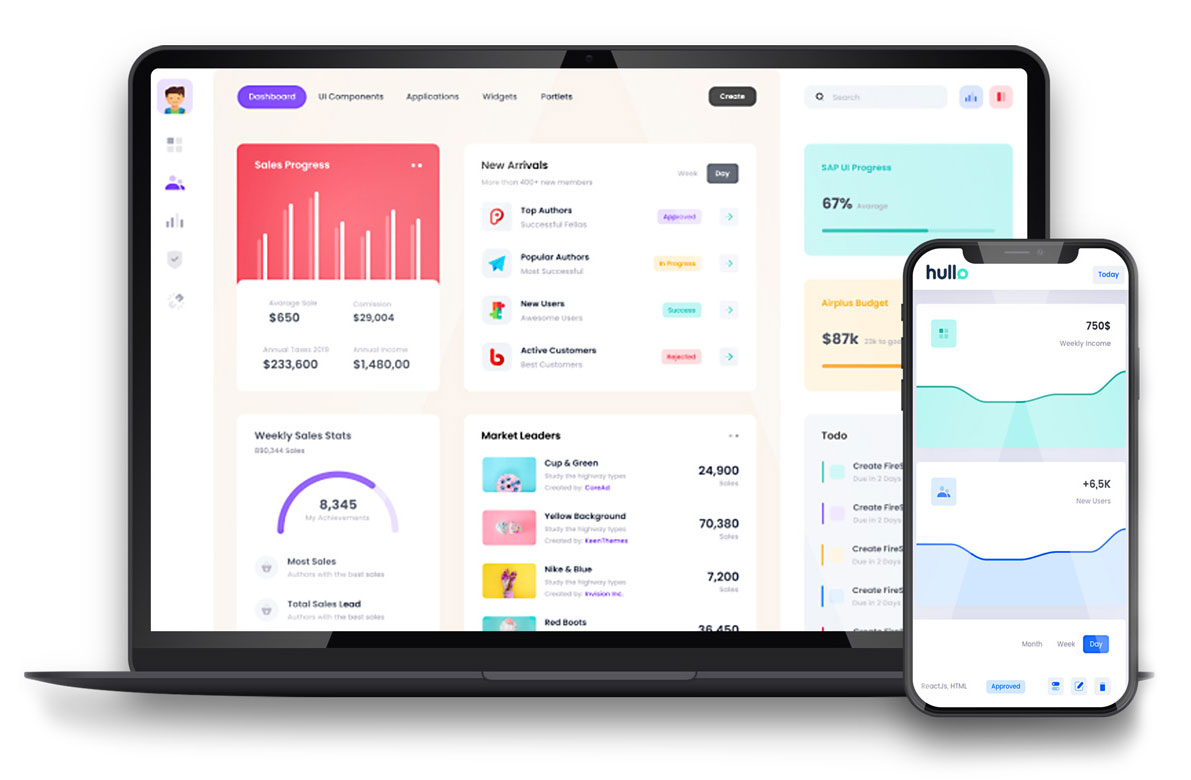Discover how nuiloa is improving lives
by empowering more conversations between patients and healthcare providers.
RPA: The Future of Healthcare's Communications
Everybody, at one time or another, has completed repetitive and mundane tasks at work. Whether that’s inputting data into a spreadsheet, balancing accounts or…
How Hospitals Increase Revenue In the Covid Era
Hospitals are in a bind. As the shift toward value-based contracts intensifies, revenue cycle operations are becoming increasingly complex. Payers are exploring new ways to quantify value as it relates to reimbursement, which puts additional pressure on hospitals to provide documentation to support claims…
The Wonders of Automated Text Messaging Systems
One hundred and fifty-nine patients (83 patients in the control group and 76 patients in the intervention group) were enrolled in a randomized controlled trial comparing the effectiveness of an SMS bot…


